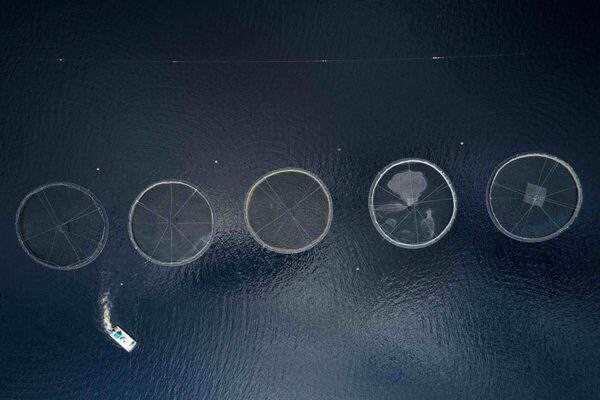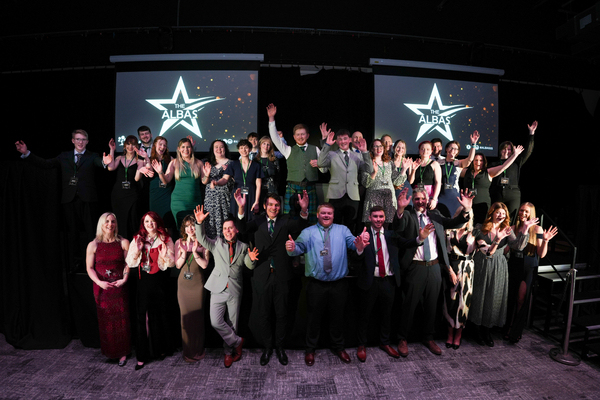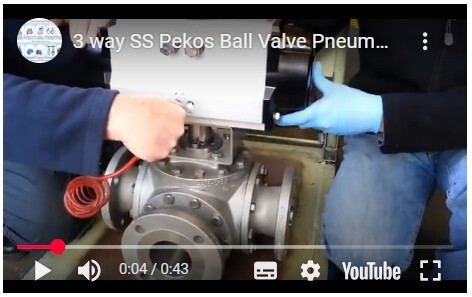Land based farming: What works for pikeperch?
An experimental study involving farmed pikeperch has concluded that in-pond raceway systems (IPRS) are a viable and economic alternative to recirculating aquaculture systems (RAS).
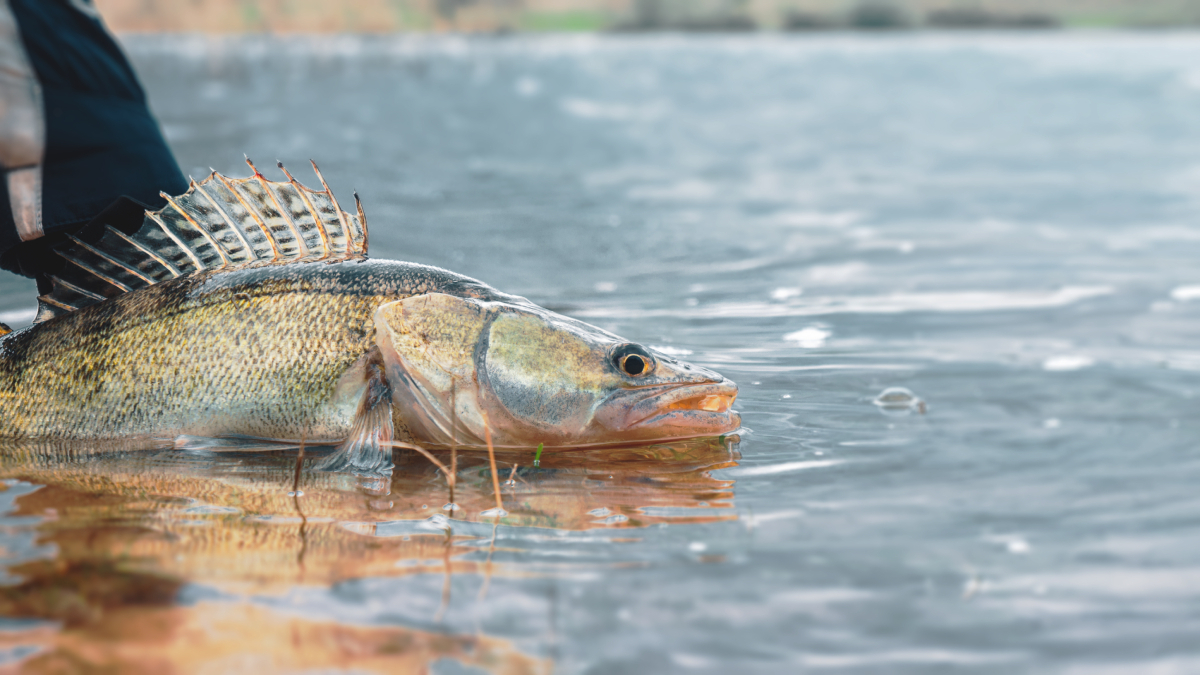
The experiment was conducted in the large scale-experimental RAS and IPRS at the Laboratory of Intensive Aquaculture, Faculty of Fisheries and Protection of Waters, University of South Bohemia in České Budějovice, Czechia, and in three experimental ponds belonging to the Experimental Fish Culture Facility of the same faculty, at Vodnany.
Pikeperch (Sander lucioperca), also known as zander, is a popular fish in central Europe. Traditionally raised in pond aquaculture, increasingly pikeperch farming takes place in RAS facilities – but as the study’s authors note, increasing energy costs in Europe have hit the economics of farming in these systems, which tend to be energy-hungry.
The study compared pikeperch production in three systems: a recirculating aquaculture system (RAS), an in-pond raceway system (IPRS), and a traditional pond polyculture. Each system was stocked with 1,500 juveniles and cultured for 24 weeks.
The RAS fish demonstrated the most significant growth metrics, achieving the highest final total length, final body weight, condition factor, and specific growth rate, in addition to recording the lowest food conversion ratio (FCR). However, elevated hepatosomatic index (a measurement that expresses the liver’s weight as a percentage of the total body weight), intraperitoneal fat (fat located within the abdominal cavity, a measure usually linked with obesity) and ammonia levels all indicated an increased metabolic rate.
Notably, the researchers say, the RAS fish exhibited the highest incidence of fin erosion, which can be associated with higher population density and aggressive competition for food.
In contrast, the IPRS group showed slower growth, higher FCR, and elevated plasma glucose levels compared to other groups. IPRS fish also experienced fin erosion. Both RAS and IPRS fish recorded similar survival rates.
Conversely, the pond group had significantly lower survival rates, likely due to issues related to adaptability and water quality. Blood plasma analysis of pond fish indicated starvation, as evidenced by elevated alanine aminotransferase (an enzyme mainly found in the liver) and lipase (a digestive enzyme) levels and a lack of fat reserves.

RAS comes out on top
In summary, the authors say, RAS provided the best growth and feed efficiency, albeit with increased metabolic stress and fin erosion. The IPRS, however, while exhibiting slower growth, proved to be cost-effective during the growing season. Traditional pond culture was unsuccessful due to adaptability and water quality issues. An economic evaluation revealed that production costs per pikeperch juvenile were significantly lower in the IPRS compared to the RAS, offsetting the slower growth rate.
The paper concludes that IPRS is an appropriate method for pikeperch juvenile production during the growing season. Despite the slower growth of the fish, the significantly reduced production cost of juveniles in the IPRS compensates for this difference when compared to RAS production.
Similar survival rates and comparable physiological statuses of fish in both the RAS and IPRS further ensure the feasibility of pikeperch production in the IPRS, especially in regions with extensive pond areas (such as Central and Eastern Europe or Asia).
To further enhance the value of IPRS-raised pikeperch, the authors also advise feeding management should be optimised to improve feed utilisation.
Technological approaches to grow-out: a comparative study of pikeperch (Sander lucioperca) culture in three different production systems during the growing season. Václav Kučera et al, Frontiers in Marine Science.
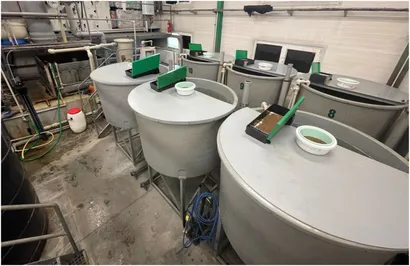
Why not try these links to see what our Fish Farmer AI can tell you.
(Please note this is an experimental service)

